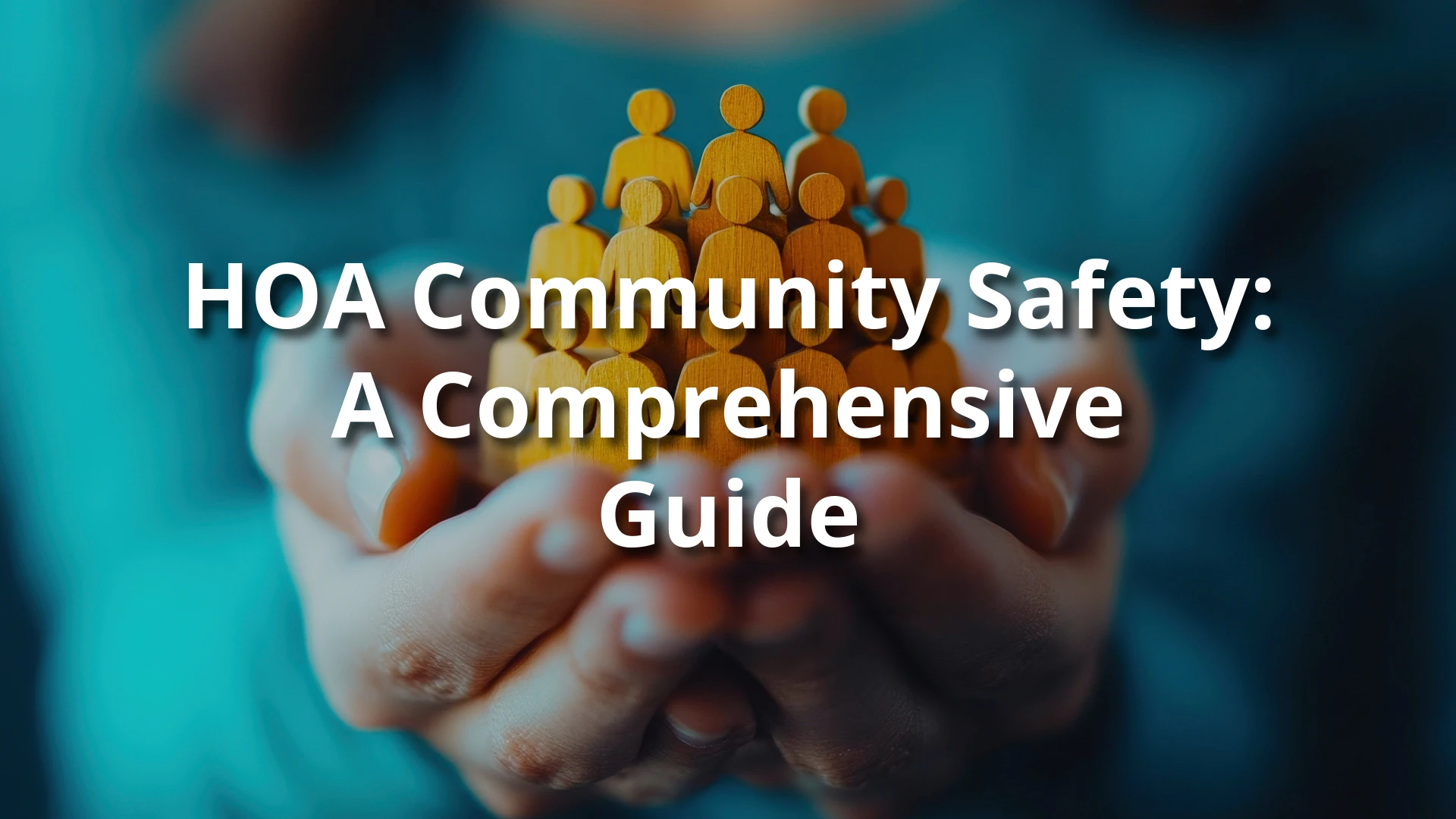Safety is more than just a concern, it’s a responsibility shared by every homeowner, board member, and property manager within an HOA community. While HOAs aren’t law enforcement agencies, they do play an important role in creating a secure, well-maintained environment. From setting clear rules to improving physical security and encouraging community awareness, there are several proactive steps that can dramatically improve HOA community safety.
In this comprehensive guide, we’ll walk through effective HOA safety tips, how to strengthen HOA community security, and which HOA safety guidelines every neighborhood should adopt.
Strengthen Physical Security Measures
Many HOAs already implement basic safety features like gated entries, lighting, and surveillance systems, but there’s always room for improvement.
Key Strategies:
- Install and maintain proper lighting: Ensure common areas, pathways, and parking lots are well-lit to deter criminal activity.
- Use security cameras in key locations: Entry points, clubhouses, and mailrooms are high-traffic spots where visibility matters.
- Limit access with gates and electronic entry systems: Controlled access helps monitor visitors and reduce unwanted entry.
- Trim landscaping for visibility: Remove overgrown bushes or trees that could provide hiding spots. Choose low-maintenance and thorny shrubs for natural deterrents.
Bonus Tip: Work with professional landscapers who understand both aesthetics and visibility concerns, and review your lighting annually to catch outages or dark zones.
Empower Homeowners with Personal Safety Tips
While community-wide precautions are crucial, individual homeowners are often the first line of defense.
Encourage Residents to:
- Install deadbolts and secure windows: Even basic upgrades can make a big difference.
- Use timers for lights when away: A home that appears occupied is less likely to be targeted.
- Avoid leaving spare keys outside: Instead, use a lockbox with a code.
- Maintain their own CO and smoke detectors: Regularly test and replace batteries.
- Report suspicious activity: Reinforce a “See Something, Say Something” culture.
- Prevent mail or package pile-up when on vacation: Ask neighbors or request a USPS hold.
These safety practices can be shared during HOA meetings or through newsletters, helping build a culture of awareness and prevention.
Promote Community Engagement and Communication
A connected community is a safer one. When residents know each other and stay informed, they’re more likely to look out for one another—and less likely to miss warning signs.
How to Encourage Engagement:
- Launch or maintain a Neighborhood Watch program.
- Build relationships with local law enforcement: Invite your community liaison officer to HOA meetings and events.
- Support “Adopt-a-Cop” or similar programs: Hosting officers at community events humanizes policing and builds trust.
- Create a safety-focused section in your HOA newsletter or website: Share tips, recent incidents, and emergency contact info.
- Host safety workshops or fire drills: Partner with local police or fire departments for events.
Establishing open lines of communication ensures residents are aware of both ongoing safety efforts and their personal responsibilities.
A Safe Community is a Shared Commitment
Creating a safe and secure HOA community doesn’t fall on one person or one board, it requires collective effort. From enforcing HOA safety guidelines to encouraging personal preparedness and fostering neighborly connections, every action counts.
At Creative Management, we help communities across Houston implement customized strategies that enhance security while maintaining compliance and curb appeal. Want to build a safer, stronger community? Let’s talk.
Looking for a more hands-on HOA partner? Learn about our HOA management services.


